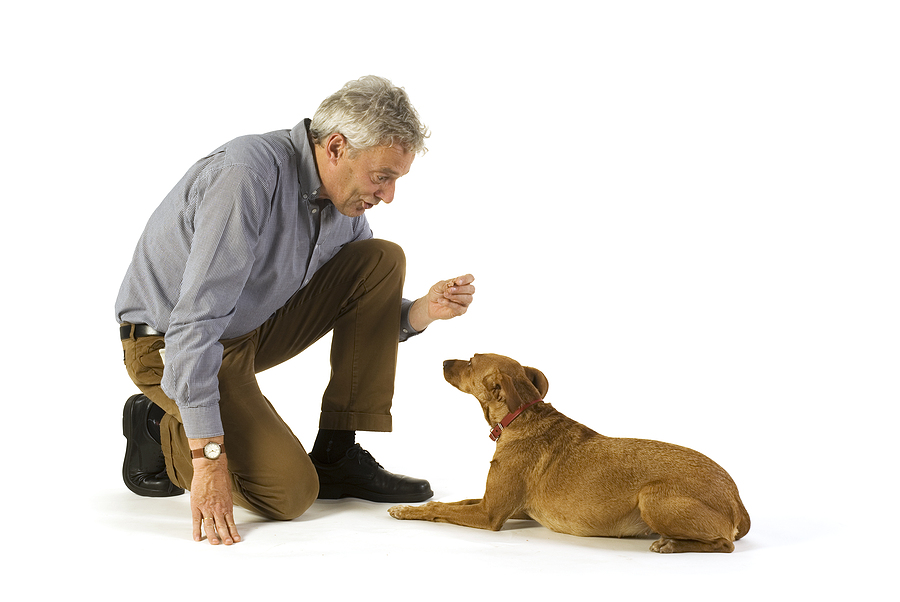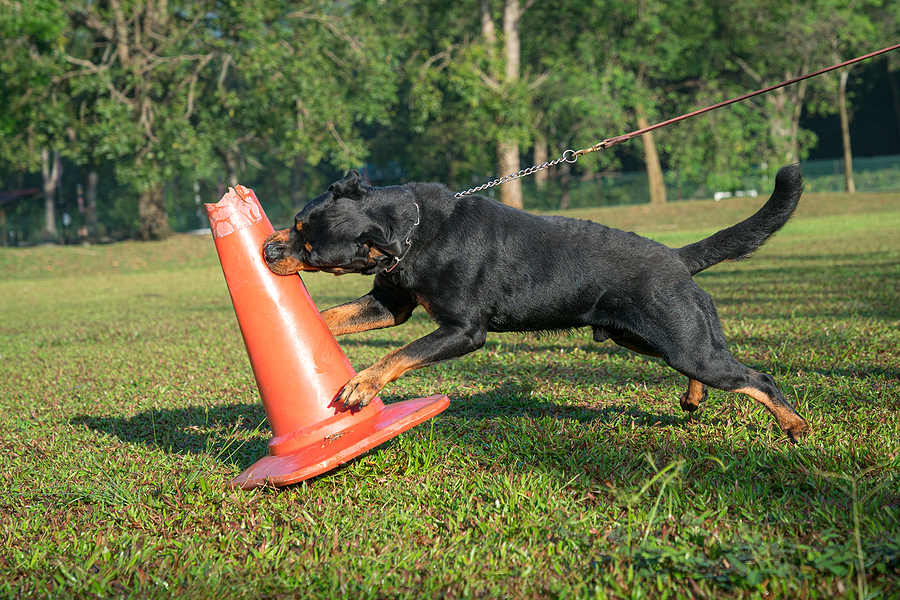Dealing with an aggressive dog can be a challenging and overwhelming experience for any dog owner. Aggression in dogs can manifest in various forms, such as growling, lunging, or even biting, and it requires careful attention and proper training to address this behavior. Understanding the dos and don’ts of training an aggressive dog is the first step to building a strong and rewarding relationship with your new best friend.
Dos for Training an Aggressive Dog
Seek Professional Help
When dealing with an aggressive dog, the first thing to do is consult with a professional dog trainer or behaviorist who specializes in working with aggressive dogs. They have the knowledge and experience to assess your dog’s behavior, identify triggers, and design a tailored training program. Working with a professional will ensure that you receive the guidance and support needed for a successful outcome.
It is also recommended to take your dog to the vet and have a full checkup done if one hasn’t been done already. This is important as it will rule out aggressive behavior due to any medical conditions.
Create a Structured Environment
Establishing a structured environment helps provide your dog with clear boundaries and expectations. Set up a daily routine that includes regular feeding, exercise, and training sessions. Consistency and predictability will help your dog feel secure and reduce anxiety, which can contribute to aggressive behaviors.
Use Positive Reinforcement Techniques
Positive reinforcement training methods are highly effective when working with aggressive dogs. Reward your dog with treats, praise, and affection for displaying desired behaviors, such as calmness, obedience, and appropriate social interactions. Consistently rewarding good behavior encourages your dog to repeat those behaviors and helps build a stronger bond between you and your furry friend.
Gradual Exposure to Triggers
Exposing your dog to triggers that provoke aggression should be done gradually and in a controlled manner. This technique, known as desensitization, involves exposing your dog to the trigger at a distance or intensity that does not provoke aggression. Over time, gradually decrease the distance or intensity while rewarding your dog for calm and non-aggressive responses. This approach helps your dog develop new associations and responses to previously challenging situations.

Don’ts for Training an Aggressive Dog
Punishment and Harsh Training Methods
Using punishment or harsh training methods, such as yelling, hitting, or using shock collars, can escalate aggression in dogs and damage the trust between you and your pet. It is essential to avoid any form of physical or psychological harm. Positive reinforcement and patience are key to transforming aggressive behavior into more desirable responses.
Ignoring Aggressive Behavior
Ignoring or downplaying aggressive behavior can be detrimental to both your dog’s well-being and the safety of those around them. Aggressive behaviors should never be dismissed as “just a phase” or “normal dog behavior.” Addressing the issue promptly and seeking professional help will provide the best chance for a successful resolution.
Rushing the Training Process
Transforming an aggressive dog into a well-behaved and social companion takes time and patience. It is important not to rush the training process or expect immediate results. Each dog is unique, and the duration of the training journey may vary. Stay committed, consistent, and positive throughout the process, understanding that gradual progress is a step toward long-term success.
Allowing Unsupervised Interactions
Avoid unsupervised interactions between your aggressive dog and unfamiliar people or animals until you have made significant progress in training. Safety should always be a priority. Working closely with a professional trainer will help you navigate the process of reintroducing your dog to social situations safely.

Are You Trying to Train an Aggressive Dog?
Beau’s K9 Academy is here to help. We offer dog training services such as behavior modification and in-home training. While it may feel overwhelming at times, know that you are not alone in this journey. Our experienced dog training professionals are here to provide the support and guidance you need every step of the way. Contact us today and let us know how we can help with your aggressive dog.

